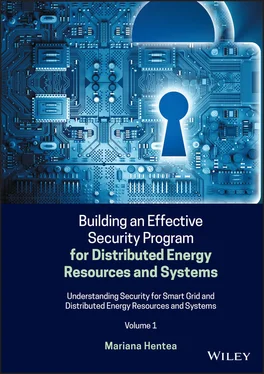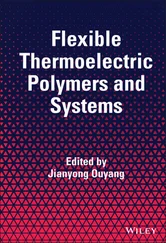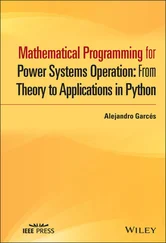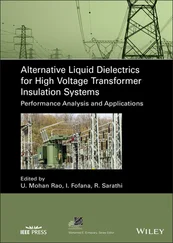1 ...6 7 8 10 11 12 ...36 Growing expectations for a resilient and responsive power grid in the face of more frequent and intense weather events, cyber and physical attacks, and interdependencies with natural gas and water systems.
Smart Grid technologies and applications encompass a diverse array of modern communications, sensing, control, information, and energy technologies that are already being developed, tested, and deployed throughout the grid. These technologies are divided into three basic categories [NSF 2011]:
Advanced ICTs (including sensors and automation capabilities) that improve the operation of transmission and distribution systems.
Advanced metering solutions, which improve on or replace legacy metering infrastructure.
Technologies, devices, and services that access and leverage energy usage information, such as smart appliances that can use energy data to start operating when energy is cheaper or renewable energy is available.
The Smart Grid vision increases the use of IT systems, networks, and two‐way communication to automate actions that system operators formerly had to perform manually.
Thus, the grid modernization is an ongoing process, and initiatives have commonly involved installing advanced metering infrastructure (AMI) (smart meters) in homes and commercial buildings that enable two‐way communication between the utility and customer. Other initiatives include adding smart components to provide the system operator with more detailed data on the conditions of the transmission and distribution systems and better tools to observe the overall condition of the grid (referred to as wide area situational awareness). These components include advanced smart switches on the distribution system that communicate with each other to reroute electricity around a troubled line and high‐resolution, time‐synchronized monitors, called phasor measurement units, on the transmission system. Concepts such as smart loads, smart generation distribution, smart electric vehicles (EVs), smart buildings, and smart switch are enabling a smarter grid [DOE 2015a]. Figure 1.7illustrates a Smart Grid configuration, with common smart components (smart meter, smart appliances, phasor measurement unit, wind turbines, electric vehicle, smart switch, two‐way communication lines), although utilities making Smart Grid investments may opt for alternative configurations depending on cost, customer needs, and local conditions.

Figure 1.7 Common Smart Grid components.
Source: [GAO 2011]. Public Domain.
To deliver electricity more cost effectively in response to consumer needs and at the same time with less damage to the climate, the Smart Grid uses distributed energy resources (DERs), advanced communication, and control technologies.
1.2.4 Smart Grid Communication Infrastructure
Communication infrastructure is the backbone of the communication system upon which various broadcasting and telecommunication services are operated. The infrastructure is the core component that connects upstream production, such as voice, data, and audiovisual services, with downstream consumers. In basic terms, communication infrastructure involves technology, products, and network connections that allow for the transmission of communications over large distances. According to [P2030 2011], the facilitation of Smart Grid consists of these following aspects: power engineering, communication technology, and information technology. A Smart Grid is characterized by the bidirectional connection of electricity and information flows to create an automated, widely distributed delivery network.
A communication infrastructure is an essential part to the success of the emerging Smart Grid [Yan 2013]. Through a communication infrastructure, a Smart Grid can improve power reliability and quality to eliminate electricity blackout.
As described in [Chen 2010], Smart Grid supports two‐way power flow and information flow to reach optimal electric power operation. Smart Grid shall consequently collect all kinds of information of electricity generation (centralized or distributed), consumption (instantaneous or predictive), storage (or conversion to energy in other forms), and distribution through the communication infrastructure. Then, the optimization of electricity utilization can be realized through appropriate information technology such as grid or cloud computing to allow appropriate actions in the entire Smart Grid through communication infrastructure again.
Communication infrastructure is a complex ecosystem of separate yet interconnected systems. It consists of a variety of networks, including the broader Internet, cellular networks, optical backhaul networks, and local area networks. A scalable and pervasive communication infrastructure is crucial in both construction and operation of a Smart Grid [Yan 2013].
For the purpose of planning and organization of the diverse, expanding collection of interconnected networks that will compose the Smart Grid, NIST adopted the approach of dividing the Smart Grid into seven logical domains, known as Smart Grid Conceptual Reference Model. The model includes the following domains [NIST SP1108r1]:
Generation – Includes traditional generation sources and DERs; may also store energy for later distribution; generation includes coal, nuclear, and large‐scale hydrogeneration usually attached to transmission; DERs are associated with customer and distribution domains providing generation and storage and with service provider aggregated energy resources.
Transmission – Carriers of bulk electricity over long distances; may also store and generate electricity.
Distribution – Distributors of electricity to and from customers; may also store and generate electricity.
Customers – End users of electricity (residential, commercial, and industrial); may also generate, store, and manage the use of energy.
Operations – Managers of the movement of electricity.
Markets – Operators and participants in electricity markets.
Service providers – Organizations providing services to electrical customers and to utilities.
Figure 1.8illustrates the interaction of roles in different Smart Grid domains through secure communication. It shows communications (blue lines) and energy/electricity flows (yellow lines) connecting each domain and how they are interrelated. Each individual conceptual domain is itself composed of important Smart Grid elements that are connected to each other through two‐ way communications and energy/electricity paths. These connections are the basis of the future, intelligent and dynamic power electricity grid.
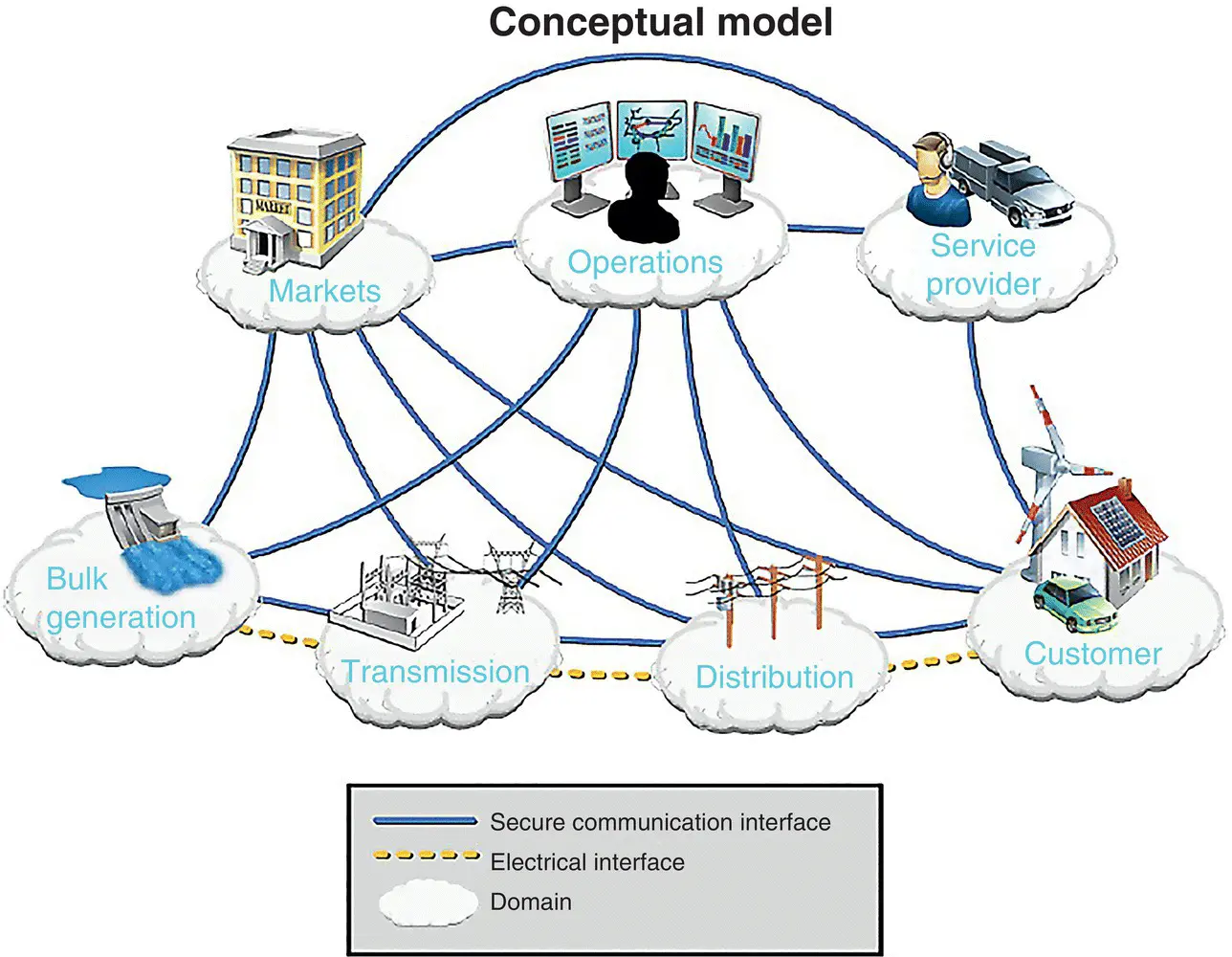
Figure 1.8 NIST conceptual reference model.
Source: [NIST SP1108r1].
Public Domain.
Each domain and its subdomains encompass Smart Grid actors and applications (see description in Table 1.1). Actors include devices, systems, or programs that make decisions and exchange information necessary for performing applications; smart meters, solar generators, and control systems represent examples of devices and systems. Applications, on the other hand, are tasks performed by one or more actors within a domain. For example, corresponding applications may be home automation, solar energy generation and energy storage, and energy management (see more information in [NIST SP1108r3]). Appendix Dincludes more information about each domain including graphical representation of interactions with other domains.
Читать дальше
